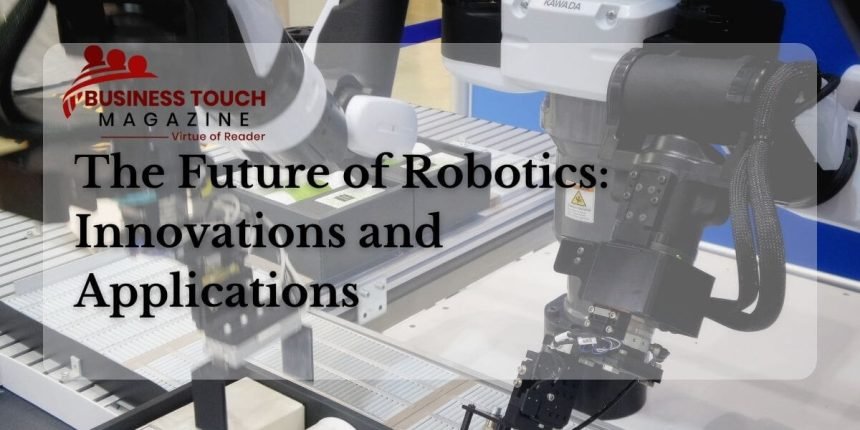Robots have come a long way since their inception in the early 20th century. Initially, they were seen as mere machines that could perform repetitive and menial tasks with great precision. However, with advancements in technology, robotics has now become an interdisciplinary field that combines computer science, engineering, and mathematics to create intelligent machines that can think, reason, and interact with humans in a more natural way.
In this blog, we will explore the latest trends and innovations in robotics and how they are transforming various industries.
Healthcare Robotics
One of the most promising applications of robotics is in healthcare. From performing surgeries to assisting patients with daily tasks, robots are changing the way we approach medical care. For instance, the da Vinci Surgical System is a robotic system that enables surgeons to perform complex surgeries with greater precision and control, leading to reduced complications and faster recovery times. Similarly, robot assistants are being developed to help elderly and disabled individuals with daily tasks such as bathing, grooming, and dressing.
Agriculture Robotics
Agriculture is another industry that is benefitting from the use of robotics. With the world population set to reach 9.7 billion by 2050, there is an increasing demand for food production. Robots can help farmers increase crop yields, reduce labor costs, and minimize the use of pesticides and fertilizers. For example, robots equipped with sensors and cameras can monitor crop growth and detect early signs of disease or pests, enabling farmers to take action before the problem spreads.
Service Robotics
Service robotics is a rapidly growing field that involves the use of robots in a range of industries such as hospitality, retail, and transportation. For instance, delivery robots are being developed to transport goods from warehouses to customers’ homes, reducing the need for human delivery drivers. Similarly, robots are being used in hotels to assist with check-ins, room service, and housekeeping.
Education Robotics
Robotics is also finding its way into the education sector. Robotics kits and programs are being developed to help students learn STEM (science, technology, engineering, and math) concepts in a fun and interactive way. These kits allow students to build their own robots and learn programming and coding skills.
Military Robotics
Robotics is also transforming the way the military operates. Drones and unmanned vehicles are being used for reconnaissance, surveillance, and combat operations, reducing the risk of human casualties. Robots are also being developed for bomb disposal and other dangerous tasks.
Social Robotics
Finally, social robotics is an emerging field that focuses on developing robots that can interact with humans in a more natural and intuitive way. These robots are designed to have human-like qualities such as facial expressions, speech, and gestures, making them more relatable and easier to interact with. One example is Pepper, a humanoid robot developed by SoftBank Robotics that is being used in retail stores and hotels to assist customers and provide information.
In conclusion, robotics is an exciting field that has the potential to transform various industries and improve our lives in countless ways. As we continue to make advancements in technology, we can expect to see more sophisticated and intelligent robots that can think and reason like humans. While some may fear the impact of robots on employment and society, it is important to remember that robots are tools that can be used to enhance our capabilities and improve our quality of life. It is up to us to harness their potential and use them responsibly.




